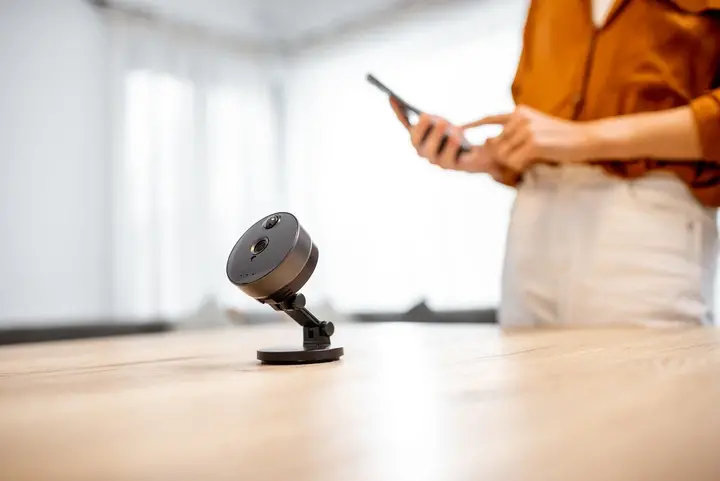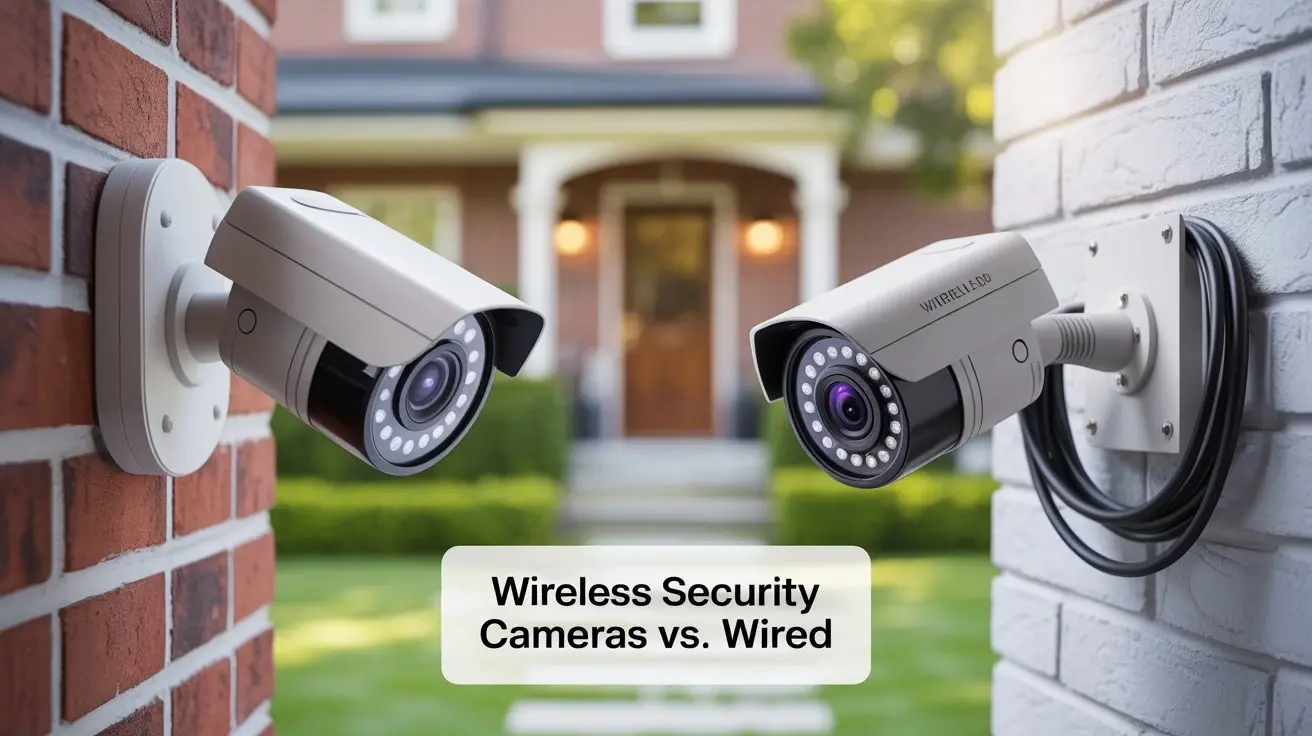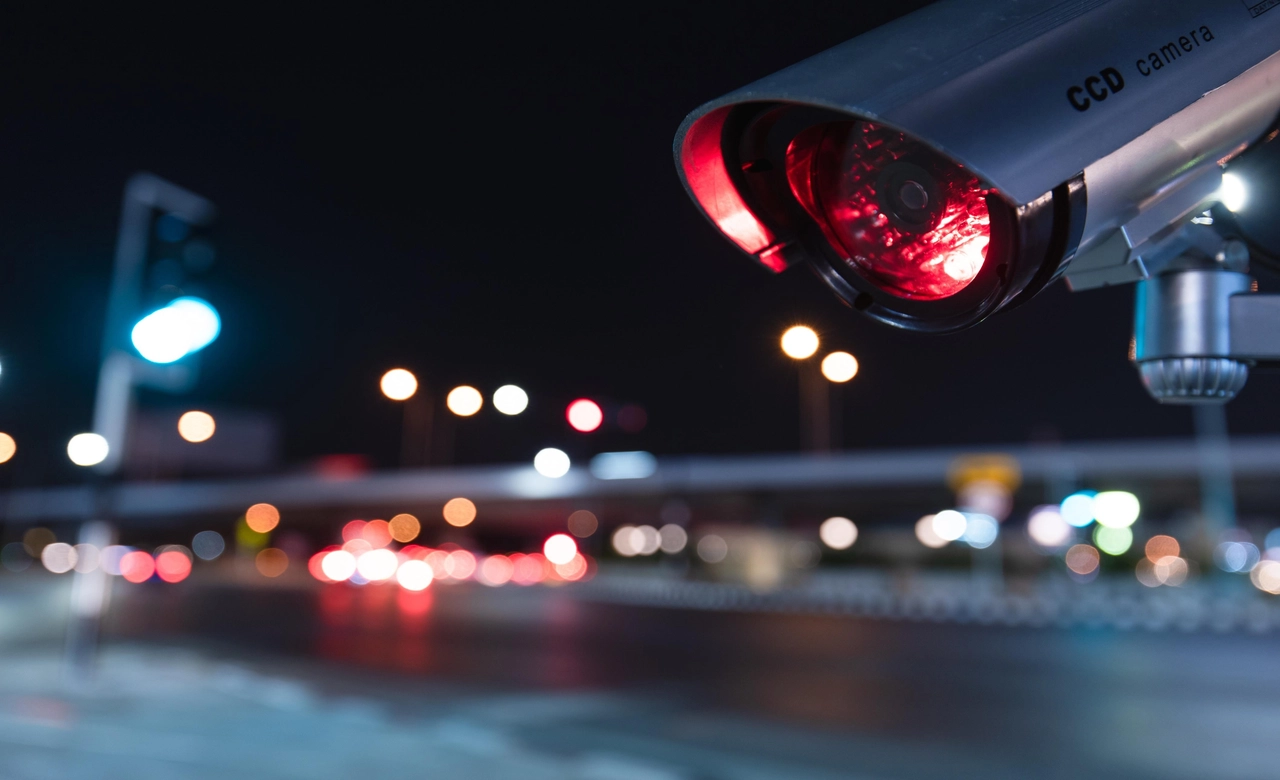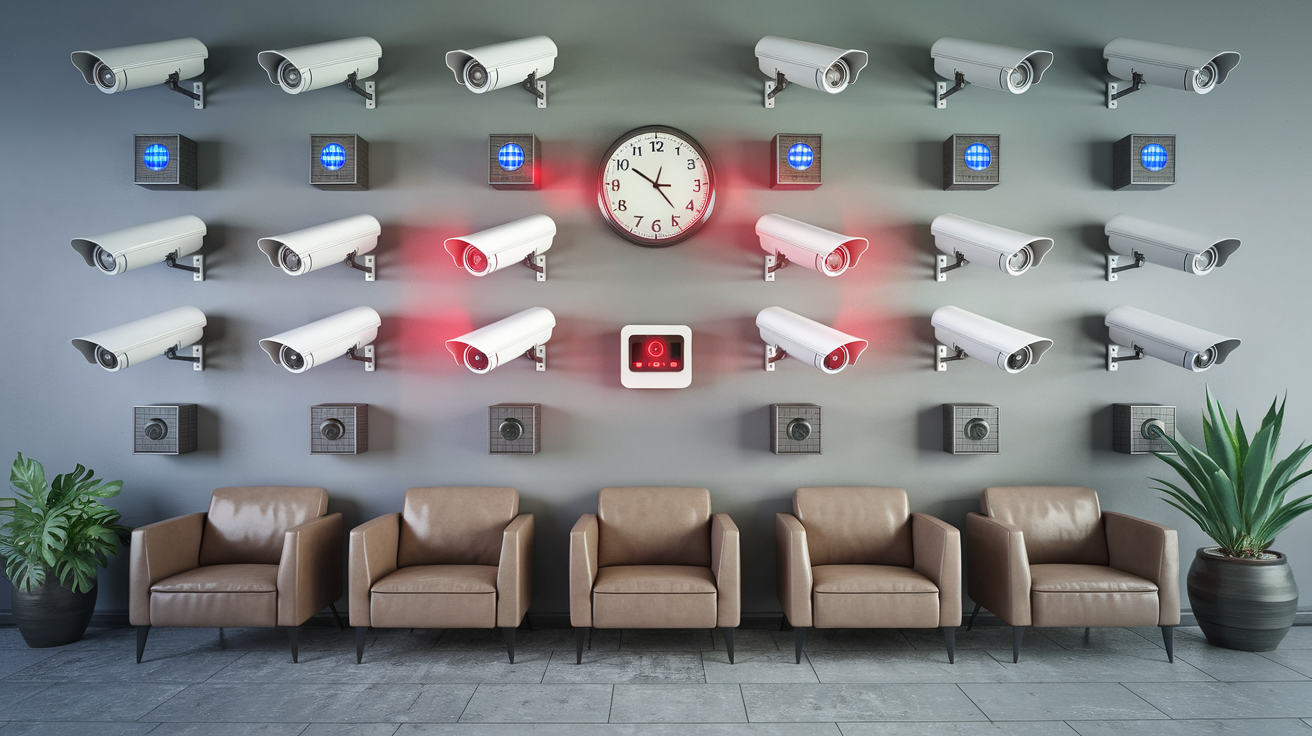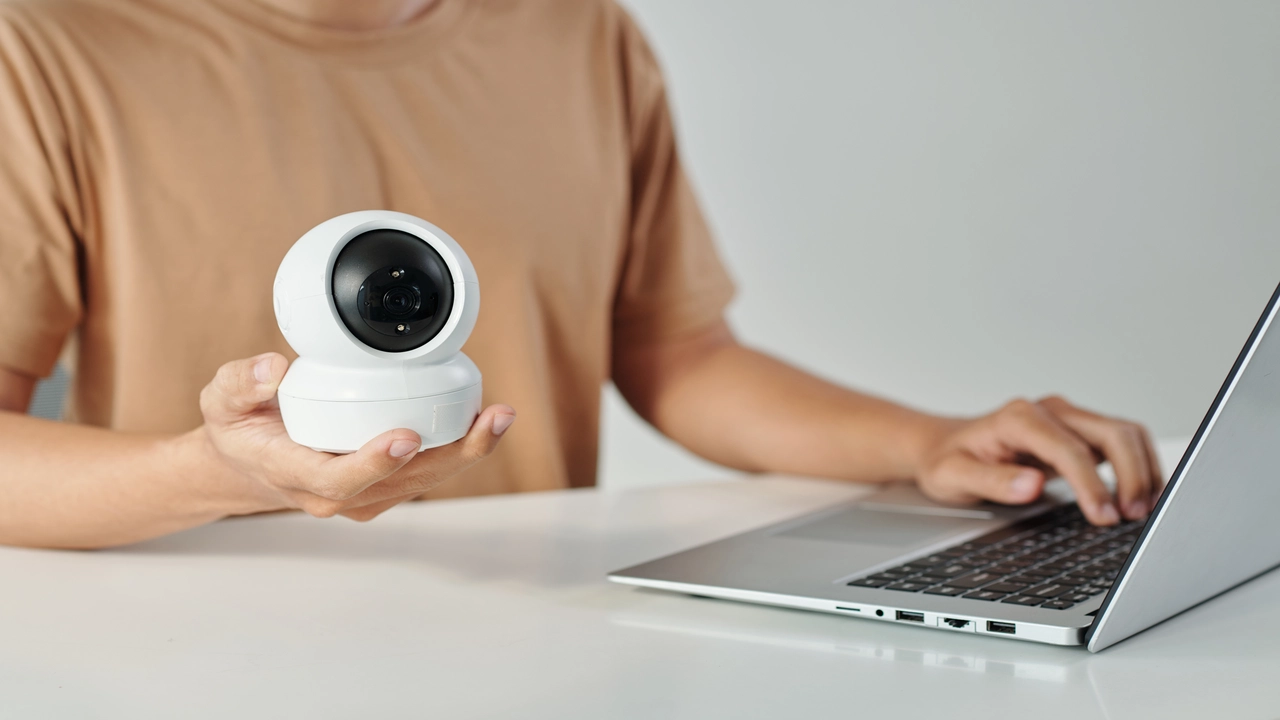Blink is a well-known brand of wireless Home Security Systems. They are simple to install, very mobile, and for the most part relatively cheap. There are several areas to look at when it comes to the security of Blink cameras.
Encryption Security is provided through encryption of the recorded data from the camera to Blink cloud servers and to the mobile application. This is because it makes it difficult for hackers to capture the video stream. Blink claims that they operate bank-level AES 128-bit encryption, which is a robust form of commercial encryption. Thus, the video data is protected while being transported over networks and other channels using secure means.
On the other hand, other critics state that since Blink cameras use your wifi connection to operate, they may be at risk of hackers who steal your wifi password. This could allow them to monitor camera streams. To manage this risk, make sure that you have a strong and unique wifi password.
Video Storage Blink cameras record video clips and store them at Blink’s servers through a cloud storage system. Hence it does not stay locally on your cameras themselves either. Storing footage in the cloud has advantages and disadvantages when it comes to security: Storing footage in the cloud has advantages and disadvantages when it comes to security:
The benefits include: There is no storage in the cameras that a thief can steal or mess up if he or she gains physical access to the cameras. The video evidence is still available to you in the cloud. Another benefit of cloud storage is that it prevents scenarios such as local storage complications.
However, storing footage in a third-party cloud means that you rely solely on Blink’s security features to safeguard your videos in the cloud. According to Blink, all cloud data are stored in an encrypted form. As an additional security measure, their servers run around the clock to identify any intrusion attempts. There can be adequate security measures put in place, but some privacy advocates say that any cloud storage has risks compared with local-only storage that is fully under your control.
Camera Access To sum up, Blink cameras do not use the normal home wifi network. Rather, each camera connects wirelessly to a Blink sync module that is connected to a power socket in your house. The sync module then connects to your wifi network.
This architecture could improve Best Security Cameras for the same reason that for the hacker to try to breach the system they would have to be near your sync module as opposed to having your wifi network credentials. But other security professionals argue that bringing any Internet-connected gadget into your home creates another possible entryway for cybercriminals.
The Blink mobile application is used for controlling the cameras and for watching the recorded video. Make sure you choose a good username and password for Blink and do not share them or give them out easily also enable two-factor authentication where applicable. This assists in granting the right permissions to your cameras. Be also wary of phishing messages that are designed to lure you into providing your credentials.
Software Updates As is the case with any smart devices today, Blink cameras require occasional installation of new software and firmware, which allow for adding new features and patching up for security flaws when necessary. Blink releases updates to your cameras and system over the air. This also implies that you do not need to download updates and install them to each camera individually.
However, one has to rely on BLINK’s ability to deliver timely security updates when the need arises. Consider any changelogs provided regarding updates to learn what improvements or problems are solved. Ensure that you have your cameras on and online so that updates are sent to your devices automatically.
Physical Camera Security Even though, the content is safely stored in the cloud and encrypted, it is still possible for a potential burglar to steal or alter the Blink cameras physically. For this reason, indoor cameras are less likely to pose the same risk as outside cameras. Some basic recommendations regarding the outdoor cameras are as follows: they should be installed at a height that is difficult to access, the wires must be tidied up, and the cameras should be equipped with anti-theft aids so that they cannot be simply grabbed with the wires and stolen. Some of the alerts can include tampering alerts, which can warn you whenever there is interference with the cameras.
Privacy Risk in Third-Party Access Despite relatively high levels of security measures for the video data in transit or the cloud storage, it is necessary to note that the employees of Blink can view the camera streams and the footage in some cases.
During this analysis of Blink’s Privacy Policy, they assert that video clips may be retrieved by their personnel for “service-related purposes” that remain unspecified. They also point out that they will obtain accounts and watch camera feeds as and when legally compelled by the authorities and the police.
Thus, while security measures are intended to exclude hackers, Blink themselves retain some rights of access. For individuals who are highly sensitive to the issue of limiting video footage access to only oneself, the third-party access factor is an essential factor to consider.
Overall Security Assessment Blink provides fair and ongoing security enhancements designed to safeguard your video content and deter intruders. Some features such as the transfer of data in an encrypted manner, security measures of cloud storage, and multiple-step connectivity of cameras and alarms in case of tampering offer robust protection against risks like hacking and theft.
However, no connected camera system is without its vulnerabilities. As is true with any device connected to the internet, the practices should change to minimize risks as newer and better practices are developed. Precaution should be taken when creating a new account to ensure that you use secure and distinct passwords known only to you, be wary of phishing or hacking attempts targeting your cameras or accounts, and be informed of privacy clauses permitting varying levels of third-party access.
With proper user awareness and supervision, Blink cameras are relatively secure for home security and other aspects- though there are vulnerabilities up to a certain extent as with most devices connected to the cloud nowadays.
Protect your home today with ADT’s top-rated security solutions!
Call now at +1 877-470-7879 to get a free consultation and find out how you can secure your home with the best in the business. Don’t wait—ensure your peace of mind with ADT!
